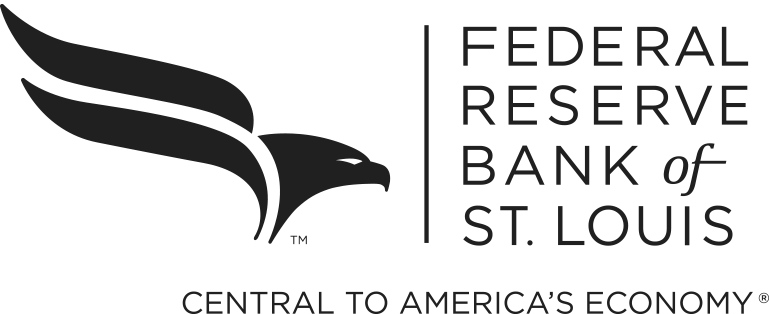Household Retrenchment
Sharp declines in home prices, followed by a financial crisis and a steep recession, rattled U.S. households in 2008. Economic misfortunes have caused many to reassess their finances, triggering sharp reversals in borrowing and spending habits.
Since the late 1980s Americans have steadily saved a smaller and smaller percentage of their paychecks. While the personal saving rate averaged close to 9 percent between 1959 and 1990, it declined so much in the next 15 years that in the third quarter of 2005 it was negative. During the same period, household borrowing rose substantially: Between 1990 and 2006 total borrowing increased by over 400 percent. Many economists noted that the situation was not sustainable.1 (In the chart, the thick line is the personal saving rate as a percentage of disposable income; the thin line is total household borrowing, consisting of home mortgages and consumer credit borrowing, in billions of dollars.)

Households have responded to the decline in wealth associated with falling house and stock prices by drastically reducing their borrowing and consumption; as a result, they have increased their savings. Household borrowing reached a peak close to $1.4 trillion in the second quarter of 2006. Since then it declined precipitously, reaching negative $279 billion in the third quarter of 2008—implying that households are de-leveraging by paying down (or defaulting on) their debt. The chart also shows the saving rate trending upward since mid-2008. As of January 2009, the personal saving rate was at 5 percent of personal disposable income.
As noted, home and equity price declines affected household saving and borrowing: Mid-to-late 2006 marks the turning point for both series in the chart. From its peak in 2006 to January 2009, the median one-family home price has declined by over 25 percent, as measured by the National Association of Realtors. The housing market turmoil also caused large losses for financial institutions with significant holdings of mortgage-backed securities and related derivatives. This led to an across-the-board decline in equity prices: At the end of February 2009, the S&P 500 had lost over 50 percent of its value since its October 2007 highs. Overall, between the third quarter of 2006 and the last quarter of 2008, Americans' net worth shrank by 20 percent.
Another factor behind the reduction in borrowing and the increase in saving is the tightening of credit market conditions. In response to the turmoil in financial markets and the reduction in household net worth, financial institutions have scaled back consumer lending programs.2
Although the increased saving rate is an unavoidable adjustment, the magnitude of the reversal and its sudden nature can be reasons for concern.
Notes
1 See Massimo Guidolin and Elizabeth A. La Jeunesse, "The Decline in the U.S. Personal Saving Rate: Is It Real and Is It a Puzzle?" Federal Reserve Bank of St. Louis Review, November/December 2007, 89(6), pp. 491-514.
2 See Silvio Contessi and Johanna L. Francis, "U.S. Commercial Bank Lending through 2008:Q4: New Evidence from Gross Credit Flows." Working Paper No. 2009-011A, Federal Reserve Bank of St. Louis, March 2009.
© 2009, Federal Reserve Bank of St. Louis. The views expressed are those of the author(s) and do not necessarily reflect official positions of the Federal Reserve Bank of St. Louis or the Federal Reserve System.


 follow @stlouisfed
follow @stlouisfed